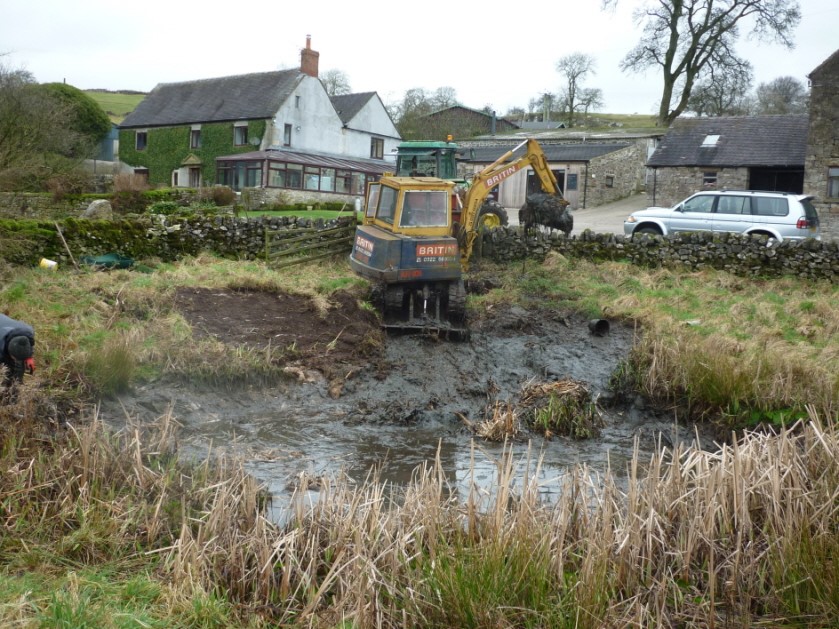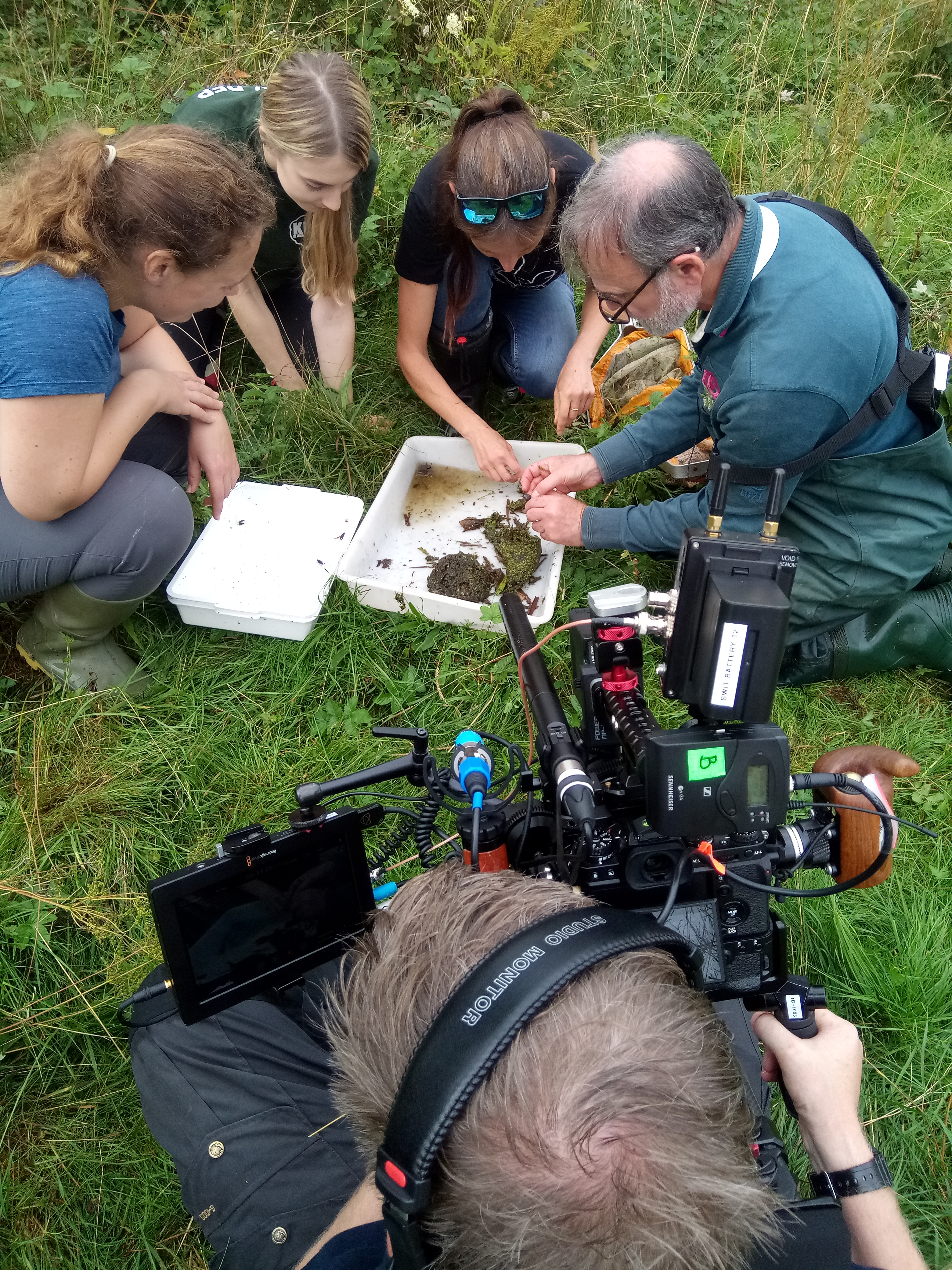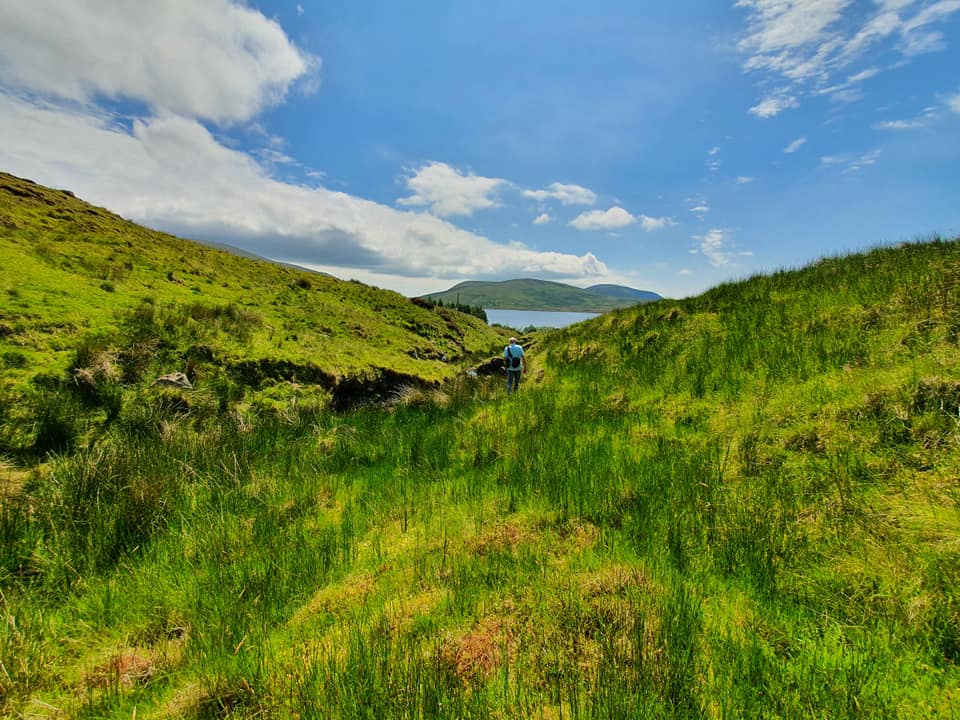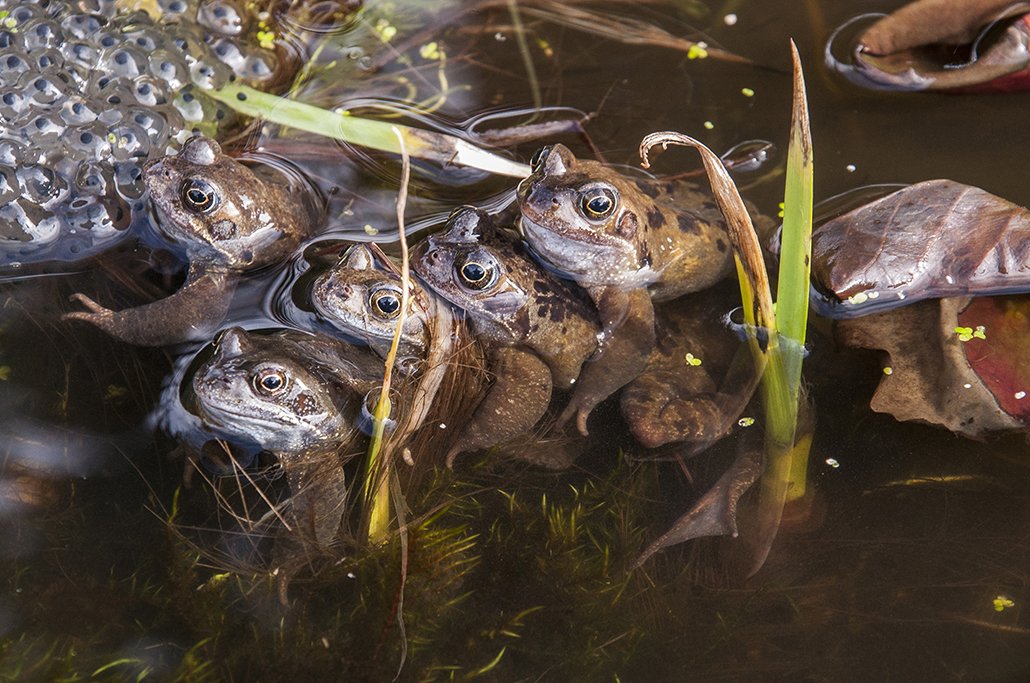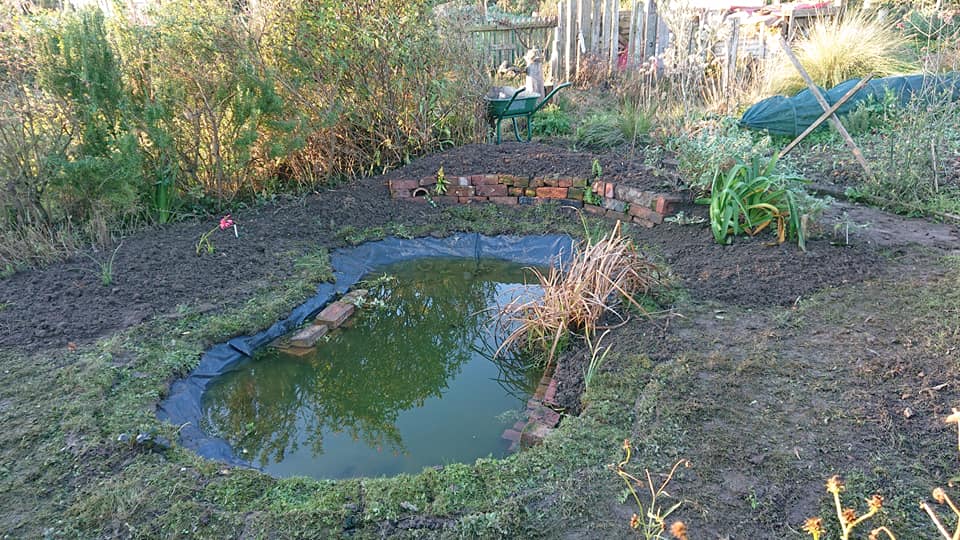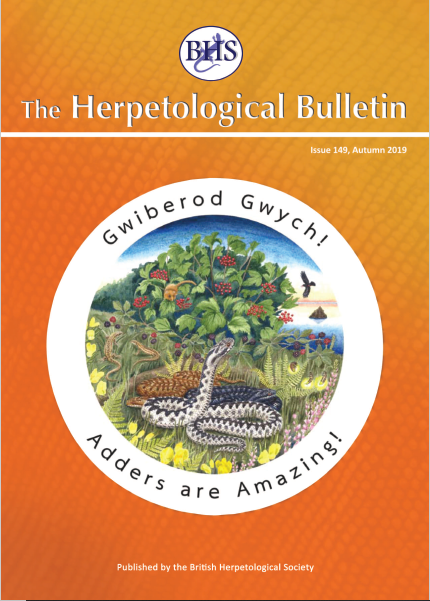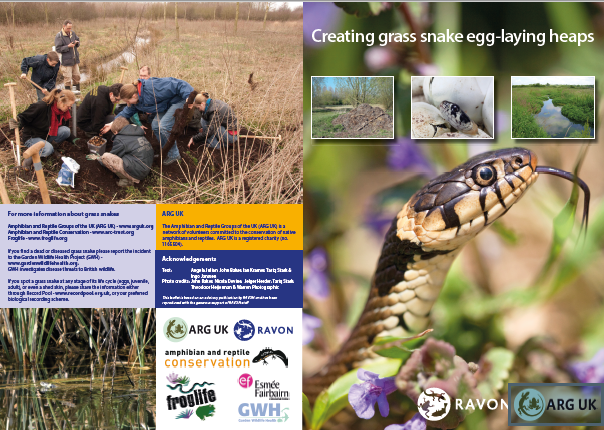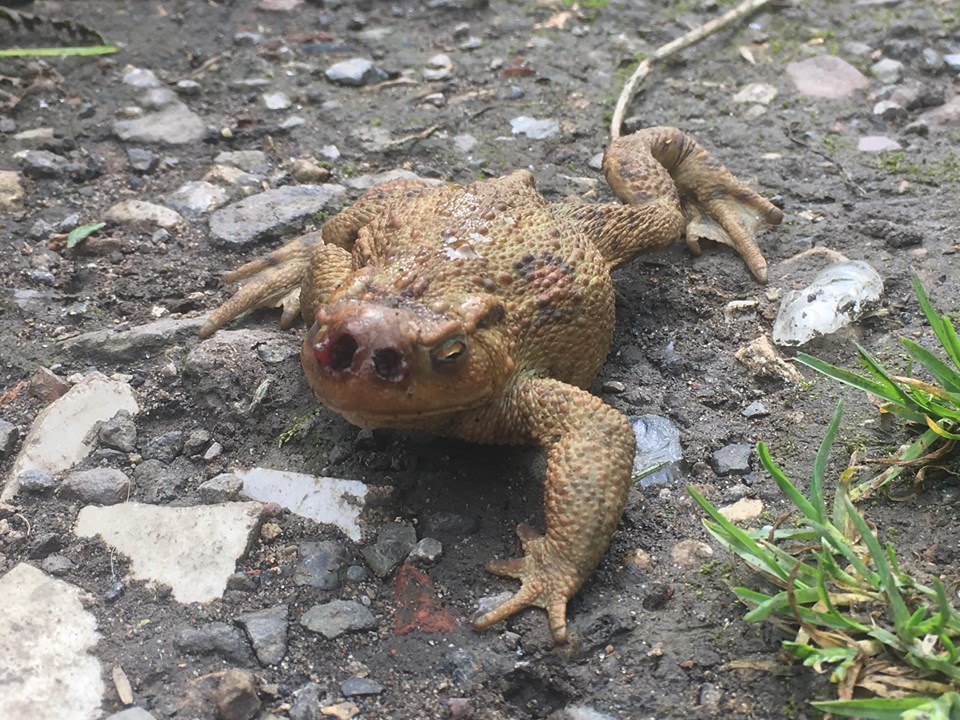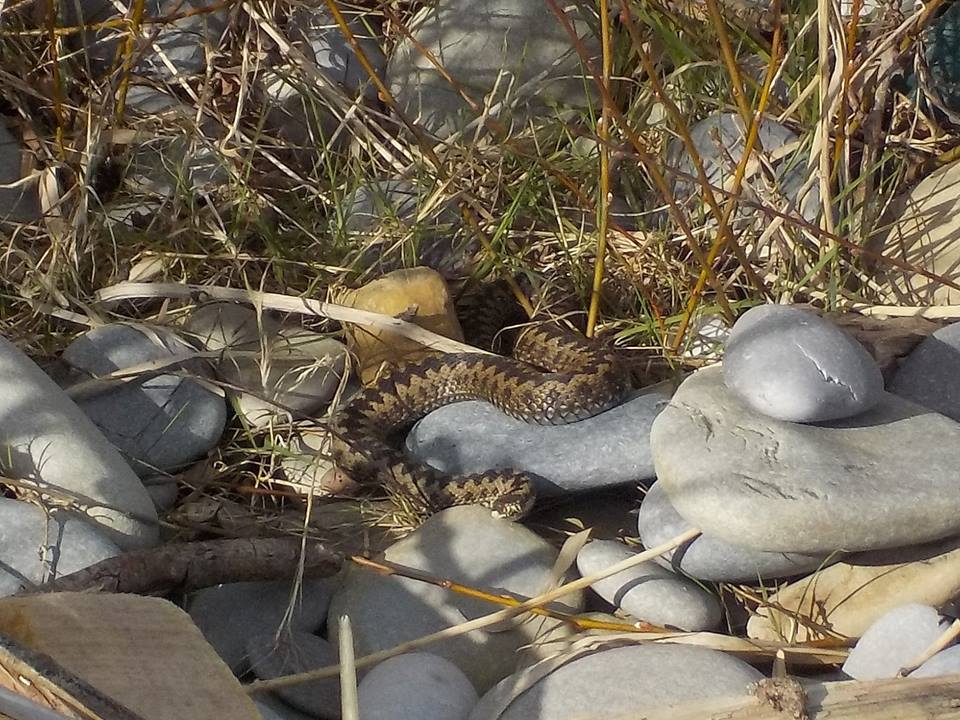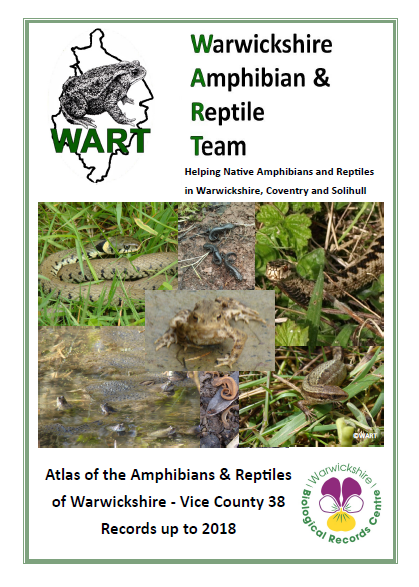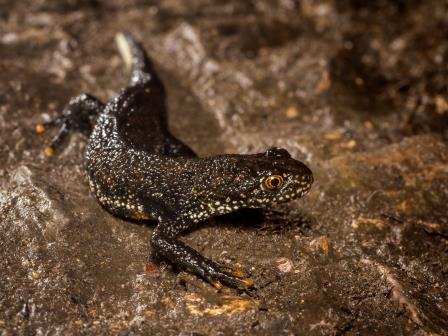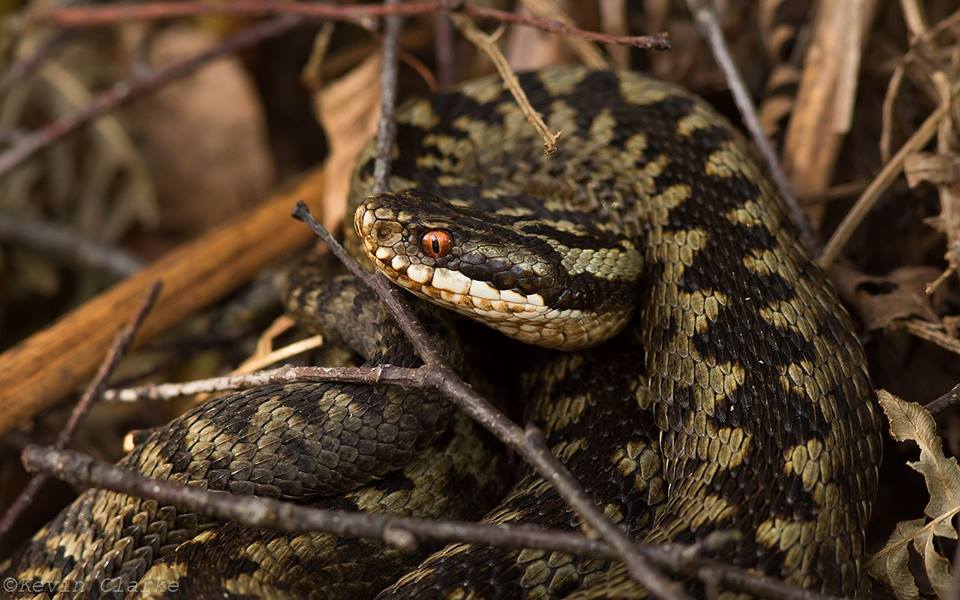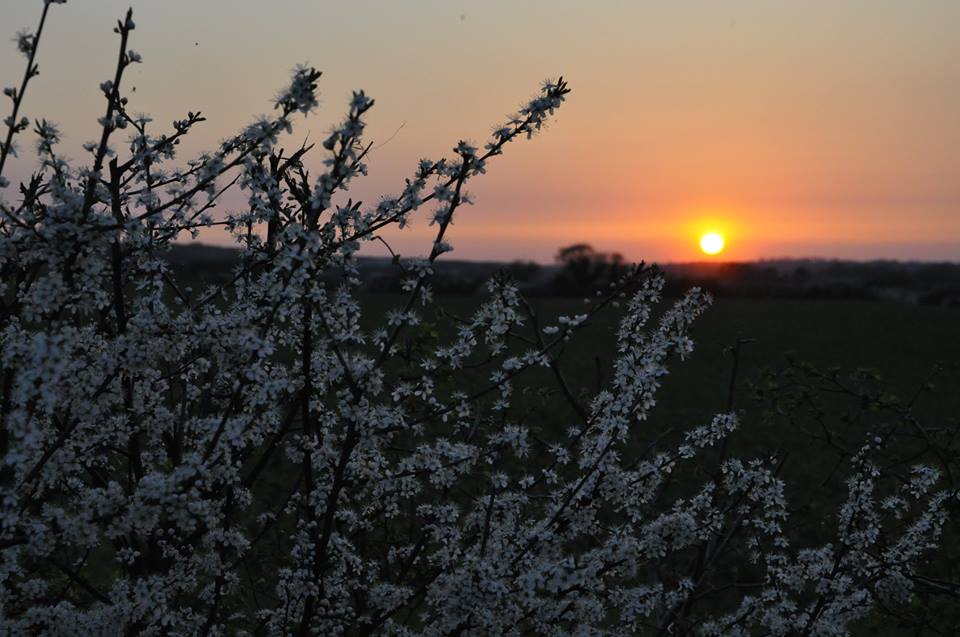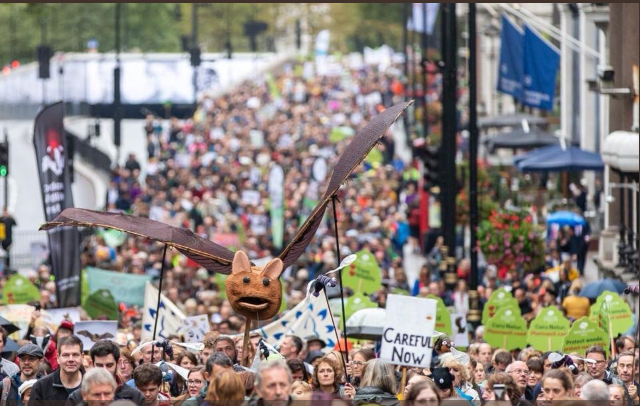Get involved
News
- Details
- Angela Julian
Derbyshire ARG: Pond clearance and restoration at Hoe Grange & Ballidonmoor Farms to benefit amphibians including protected Great Crested Newts
Aim of the project To organise the restoration by de-silting of two large diameter, deep dewponds adjacent to the farmyards at Hoe Grange and Ballidonmoor Farms in…Read more: 100% success restoring ponds in Derbyshire in 2020
- Details
- Angela Julian
Thanks to our incredibly generous donors we have been able to continue to support the 100% fund small grant scheme in 2021, making small conservation grants available to our affiliated amphibian and reptile groups right across the UK. In 2021 we were able to support…
Read more: 100% success supporting reptile and amphibian conservation in 2021
- Details
- Angela Julian
Read more: Dragons in the Hills - project updates from Northern Ireland
- Details
- Angela Julian
- Details
- Angela Julian
Ponds are great!
As well as providing vital habitat for our native amphibians, ponds also support a diversity of other native wildlife including reptiles (especially grass snakes), invertebrates and provide a vital water source for wild birds and mammalian visitors. However, pond creation can be…Read more: Wildlife Pond Construction and Habitat Creation on an Allotment in Norfolk
- Details
- Angela Julian
Read more: Vanishing Viper 2019: A European approach to developing an adder conservation strategy
- Details
- Angela Julian
Read more: Creating grass snake egg-laying heaps – the ‘RAVON Recipe’
- Details
- Angela Julian
- Details
- Angela Julian
Read more: Keeping everyone safe - Our adder code 'Stop, Step Back and Smile'
- Details
- Angela Julian
Read more: Atlas of the Amphibians & Reptiles of Warwickshire (Vice County 38 Records) up to 2018
- Details
- Angela Julian
- Details
- Angela Julian
- Details
- Angela Julian
A legacy of a joy for nature - In Memorium to Madeleine Parnwell
In 2018 Steve Parnwell of Cambridge and Peterborough ARG, brought us the sad news of the tragic loss of his wife in a road accident, one night a few weeks before Christmas of…- Details
- Angela Julian
Read more: Amphibians and Reptiles in Leicestershire and Rutland: A Review (2018)
- Details
- Angela Julian
Read more: Chris Packham's - A People's Manifesto for Wildlife
